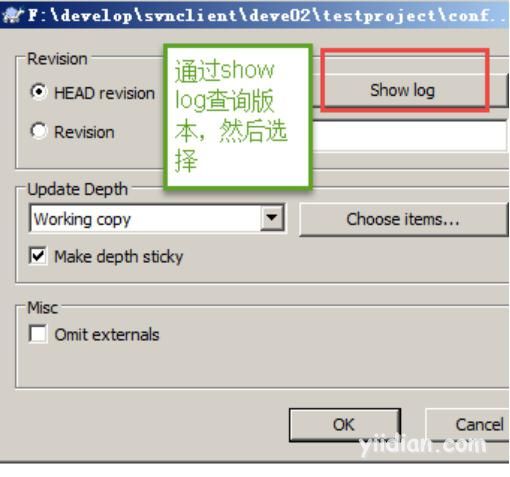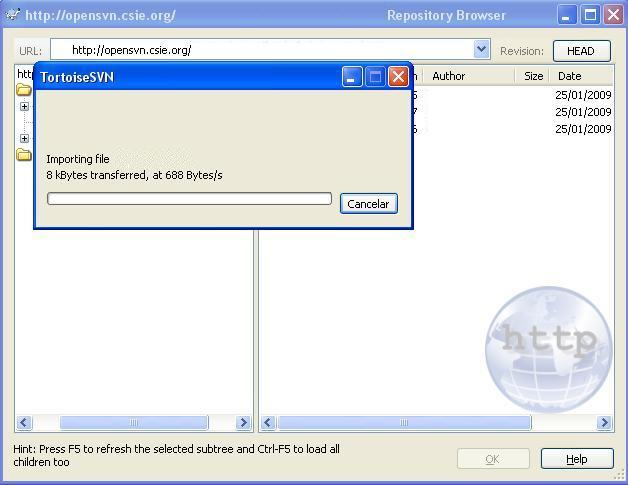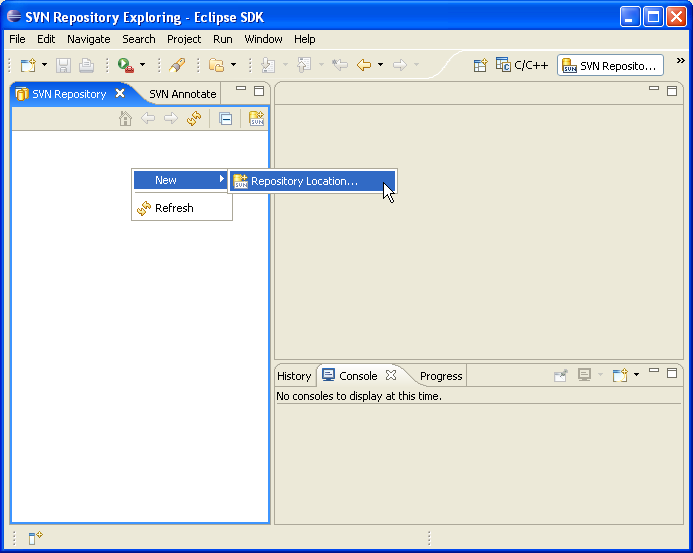
(3) g (gather): the local version and the project warehouse version are merged (2) c (conflict): conflicts exist during updates (1) M: modified locally, but not submitted Project of the specified version (the first version here) in checkout: SVN checkout-R 1 SVN: // xiazdong-PC/sesame/trunk test3Ĭheck whether the project repository is updated: SVN status - show-Updates In svnworkspace checkout, specify the latest project and name it Sesame: D: \ svnworkspace> SVN Co file: // D:/SVN-repos/sesame/trunk Sesame Note: Only the project repository URL is required during import, and no URL is required for diff or commit indicates that files in the current directory are imported M indicates that some comments can be provided. Import the files in the tmpdir directory to sesame/trunk, that is, add rather than modify:ĭ: \ svnworkspace \ tmpdir> SVN import-M "Import SESAME project".

(2) svn_editor = notepad set the default editor.ĭetected version: SVN - version and svnadmin - versionĬreate a project Repository: svnadmin create d: \ svn-Repos

Note: You must configure the environment variables When configuring SVN Tortoisesvn: R = & TS = 1331344321 & use_mirror = cdnetworks-kr-2 In short, it is also a SVN client, just to facilitate eclipse development, so it can be submitted and imported in eclipse :

Tortoisesvn is the svn client, because if it is a traditional subversion client, the task needs to be completed through the command line, and tortoisesvn is completed through the GUI The server is the project repository, that is, the place where the project is stored the client is a local copy, that is, it is managed by SVN, it can be submitted to the project warehouse and obtained from the project warehouse In short, version control is to enable team members to quickly unify code and enhance communication SVN is the successor of CVs and a version control system SCM: Software Configuration Management, including SVN

Introduction to SVN, tortoisesvn, and subclipse


 0 kommentar(er)
0 kommentar(er)
